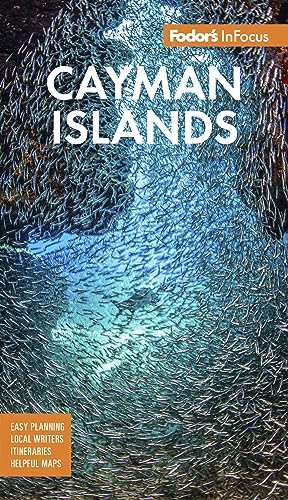Stingray City
Hundreds of gray and khaki Atlantic southern stingrays, resembling inquisitive alien life forms, enact an acrobatic aqua-ballet as they circle this North Sound site seeking handouts from divers and snorkelers. The area actually encompasses two separate locations: Stingray City, called by many the world's greatest 12-foot dive, and the nearby sandbar, where people can wade in waist-deep water.
Steve Irwin's tragic demise rekindled humankind's age-old fear of these beautiful, mysterious "devil" creatures with their barbed tails. The Atlantic southern stingrays are a different, smaller species than the stingray that killed Irwin and as close to tame as possible. Shy and unaggressive by nature, they use their tails only in defense; nonetheless, don't pick rays up unless you follow your guide's careful instructions.
Stingray City's origins can be traced to local fishermen who would moor inside the fringe reef, then clean their catch, tossing the scraps overboard. Captain Marvin Ebanks, who still runs trips in his 90s, recalls feeding them as a child. The rays, who hunt via keen smell (and sensitive electroreceptors stippling their underside, near the mouth), realized they'd discovered their own restaurant and began hanging around. They slowly became inured to human interaction, rarely displaying the species' typical timidity. They glide like graceful giants (up to 4 feet in diameter), practically nuzzling you with their silken bellies, begging petlike for food. Indeed, crews recognize them (and vice versa), fondly giving the rays nicknames (Hoo-Ray, X-Ray, Gamma Ray), insisting they have distinct personalities.
Instead of teeth, their mouths contain viselike sucking grips. Keep your palms face-up and as flat as possible so they don't unintentionally "swallow" your fingers (their eyes are located atop their bodies, so they hover over and practically hoover your hand in excitement).
More formal visitation guidelines have now been established because 5 to 20 boats visit twice daily, and the population is growing at an alarming rate. Feeding is restricted to appointed tour operators; only natural bait fish like ballyhoo and squid are permitted; the food amount is limited; and any remains and litter must be removed. Many Caymanians and divers oppose altered feeding because it changes the ecosystem's natural food chain. But some concede the good outweighs the bad: the interaction is magical, not to mention fostering greater appreciation and environmental awareness.




